In 2016 my two main plant experiments to improve my knowledge of gardening are going to be: 1) vegetables and 2) grasses. Let’s talk about the latter, grass.
Ornamental grasses add a unique fuzzy airiness to gardens. They can make spectacular focal points, act like a mist tying planting together and are the essence of dreamlike summer meadows.
I’ll break the use of grasses down into some of the stages at which I’ve grown to love them so you get a sense of why I’m so interested. I’ll leave out yawns… sorry, I mean lawns.
1) Wild flower meadows
I grew up with rabbit chomped meadows and an overgrown field as my playground. Even as a child, I loved that sense of wild freedom. Overgrown messes with their own order, studded with diamonds of colourful flowers and large white umbels of cow parsley towering over me.
Here I am with Chris walking across a wild meadow on the South Downs, very similar to the landscape I grew up in in the Chilterns…
Here’s a close up of a meadow at Kew’s Wakehurst Place in East Sussex…
And a perfect example at Great Dixter in Kent…
Meadows buzz with life, they wave around in the breeze and have a nice uniformity to them. They don’t shout or scream for our attention, they just are. Even if we let our lawns run free, on mass grasses still have the same neatness about them, allowing our eyes to stretch into the distance, creating a sense of space and life, enhancing focal points.
2) Ornamental grasses as specimen / structural plants
Large ornamental grasses catch the autumn and winter light beautifully, as seen in the above picture at Kew Gardens in October.
I expect everyone’s first exposure to ornamental grasses must have been to Cortaderia selloana, Pampas grass. It was only recently on my design course at Royal Botanic Garden Edinburgh that our tutor Monika made us look at them in a new light…
This photo is taken in March, right at the end of winter and the Cortaderia still looks immaculate, and in a large group like this, glowing and spectacular. In this setting it certainly beats those single lonely plants often stuck on their own in front gardens around the country.
I bought Pennisetum setaceum ‘Rubrum’ a couple of years ago, bringing a touch of the exotic into our garden. It was this grass that sparked my interest initially. I love its large furry arching panicles…
Stipa tennuisima at the Royal Botanic Garden Edinburgh in winter is light a fluffy…
Calamagrostis x acutiflora ‘Karl Foerster’ at Kew Gardens in Autumn has the most rigid upright stems…
Lagurus ovatus is a wonderful little annual ornamental grass, I first discovered at RHS Chelsea 2014…
If you really like to, you can go crazy and have entire ornamental grass beds, although I think this is too much and becomes drab. Here is RHS Wisley’s grass border…
And Kew Gardens’ amazing grass border…
3) Combinations = future gardening
You might (or might not) wonder what on earth I’m banging on about with ‘future gardening’ stuck on the title of my blog. To be honest, I often wonder what I mean by it too. Loosely, it’s that sense that the world could be better if people had more interest in plant design, but it’s also combinations of plants that give a sense of fantasy and sci-fi futurism. Like the above photo from Great Dixter, it doesn’t looks like it belongs in our world. Yet it does. Why?
I believe it’s the grass. Grasses in the correct combination with other plants can do magical things.
I only appreciated this on my first visit to Chelsea Flower Show in 2014 where my grass interest was fully ignited. I was less educated in horticulture and garden design at that point but I knew I was more drawn to natural plant communities than I was to the blocky look of most herbaceous borders.
Grasses featured in almost every show garden, used to enhance the other bolder flowers. The designers had used short grasses to join their designs together, the grass almost unnoticeable but essential. Like the mortar holding bricks together to form a sum greater than its parts. I was taken aback at the way some borders literally looked like abstract paintings…
The Rich Brothers are real masters of the blended grass design palette. Here is their 2015 gold medal winning Cloudy Bay garden…
Trying to unravel how they created that border is initially mind-boggling until you see the flowers as bricks and the grasses as the mortar.
Look how the grass is accentuating the Peony while simultaneously filling the void between other plants in the below design from Chelsea Flower Show 2014:
I like prairie plantings like those by Piet Oudolf. However the ‘drift’ technique – to my eye – makes each block of plants look disjointed and less natural. No bad thing mind.
The book Planting in a Post-Wild World explained the plant community technique I was seeing. And the borders designed by Tom Stuart-Smith at RHS Wisley are my current inspiration:
Grassing myself up
To confess, I’m not sure where I’m heading with all this, I’m exploring, but I get the sense that mixed plant communities are interesting and something I’m going to have a stab at. It’s the style I currently like most and grass is the common factor.
Grass can be used to accentuate plants of bolder colour and form, be focal points in their own right and act as a glue to make borders feel joined up.
This year I am going to introduce many more grasses into our garden as well as try a brand new border design on my allotment based on the plant community technique, rammed with grasses.
As typical with me, I’m growing all of my grasses – about ten species – from seed to understand their habits, which you can read more about here.
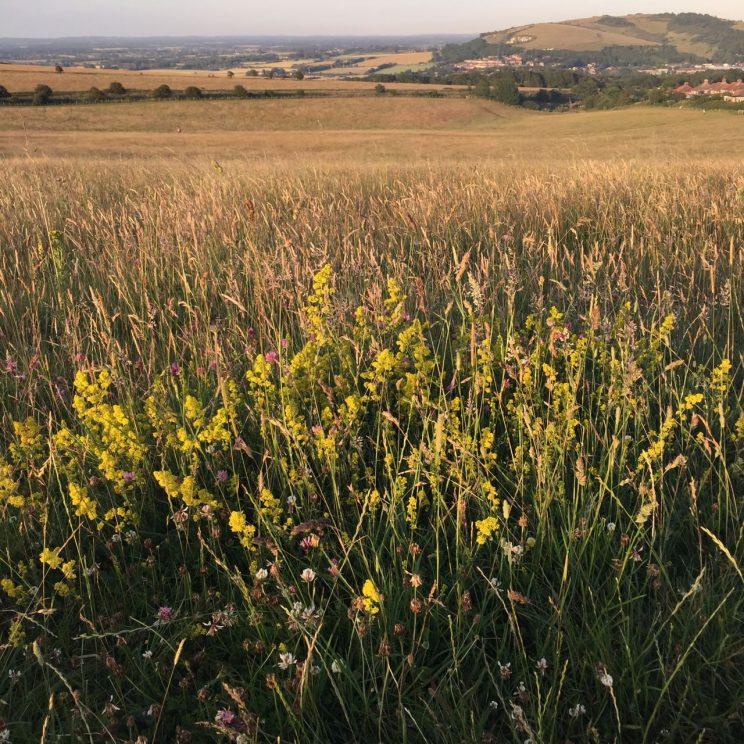
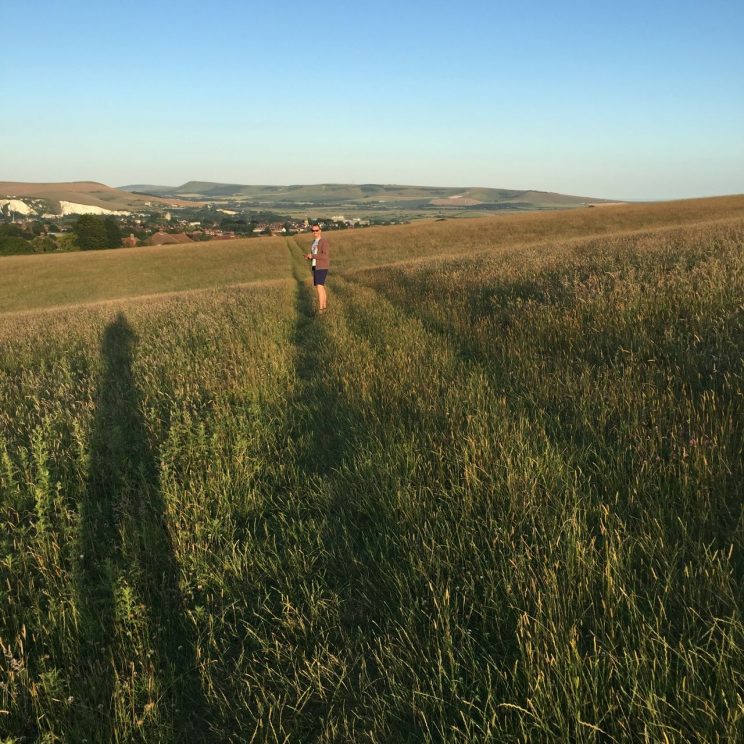
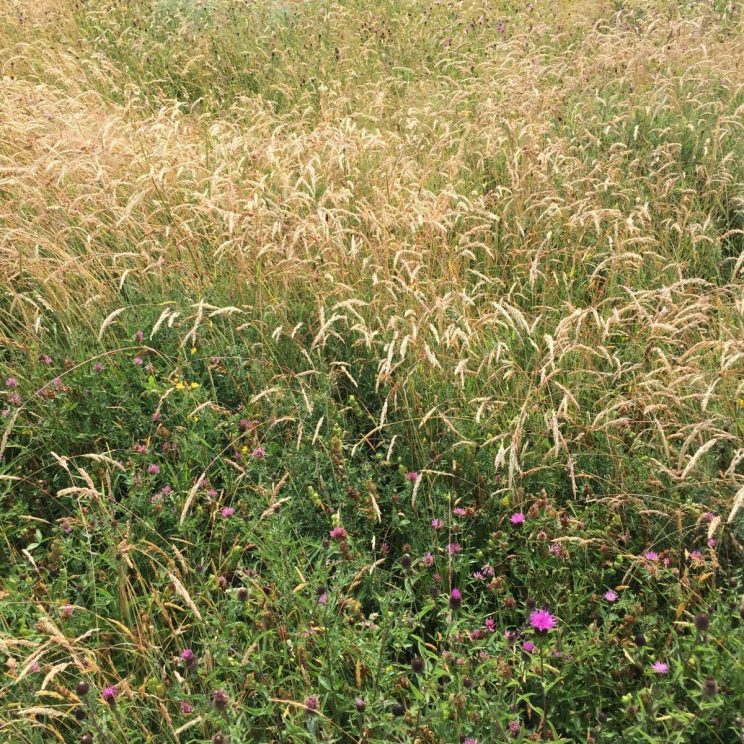
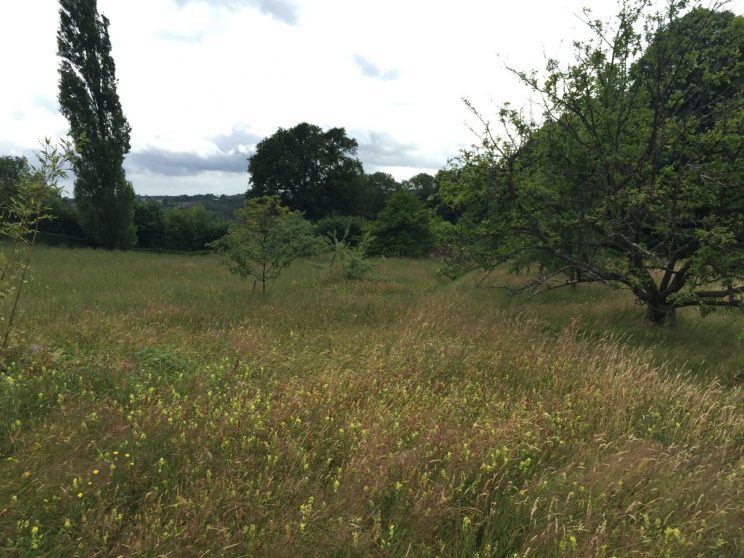
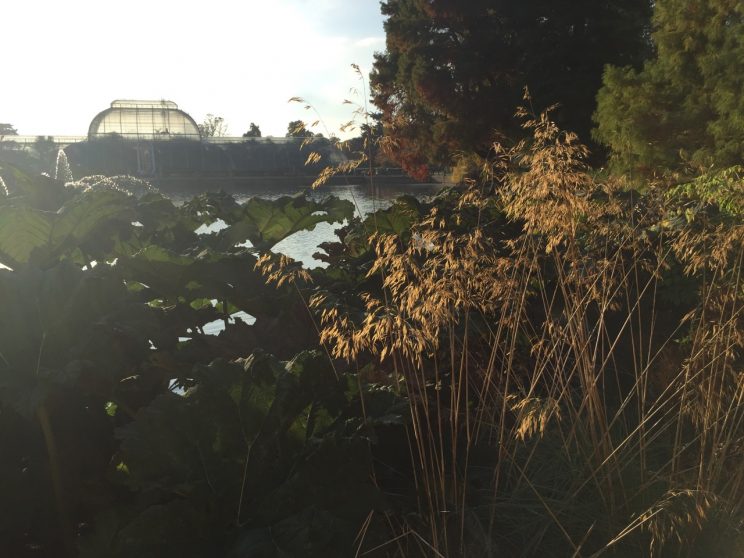
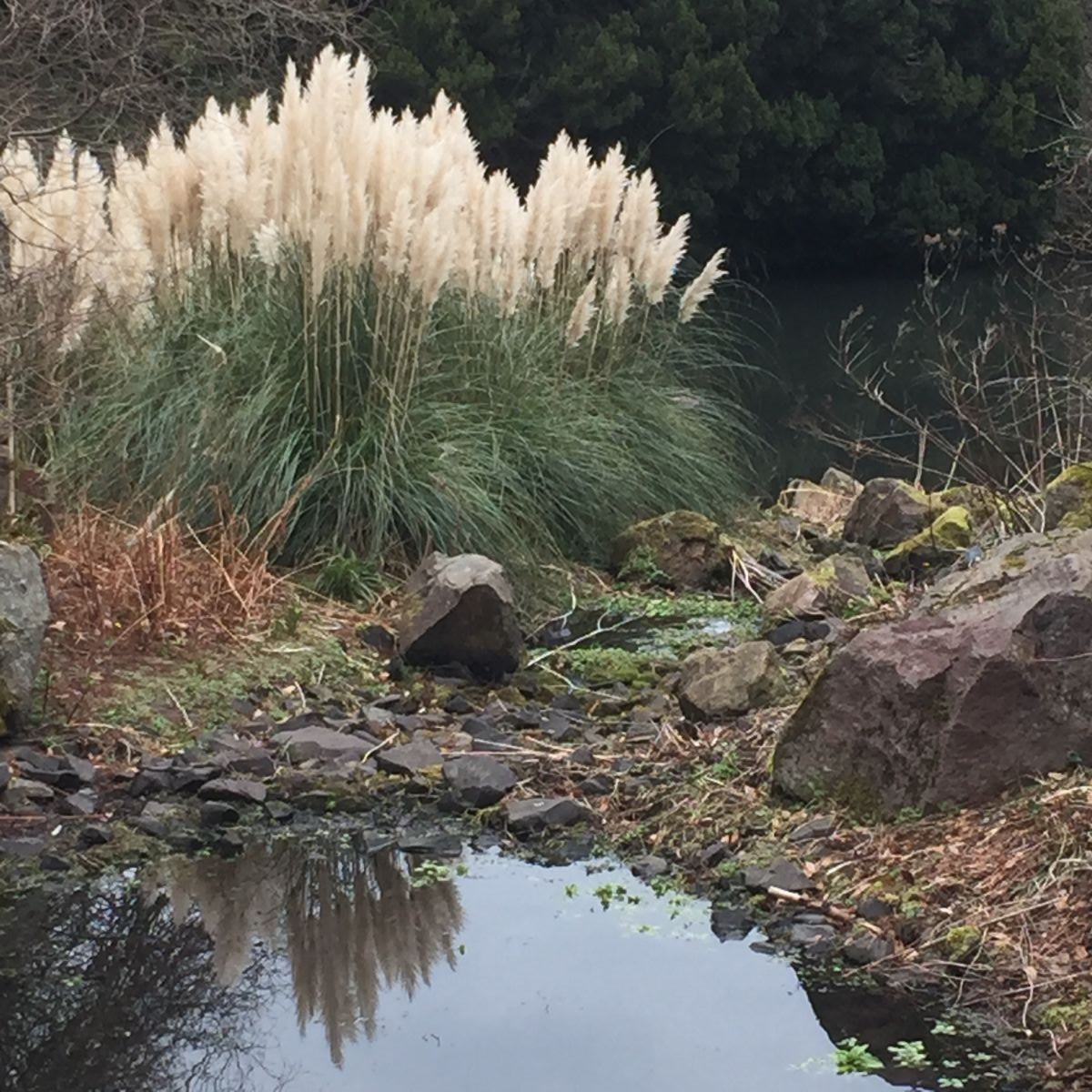
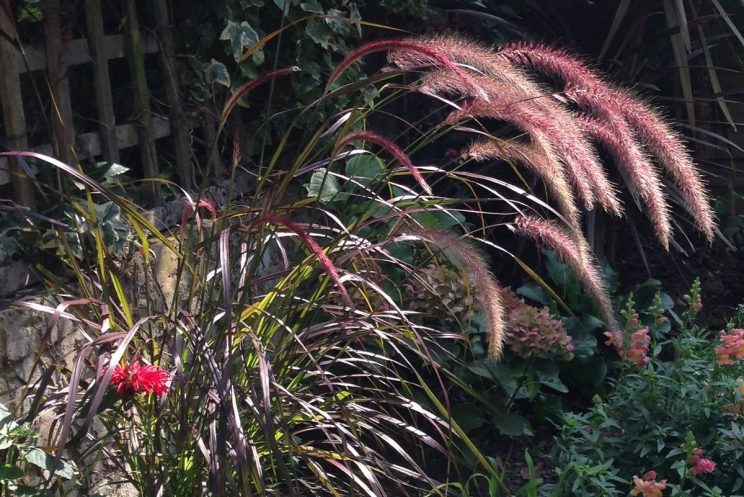
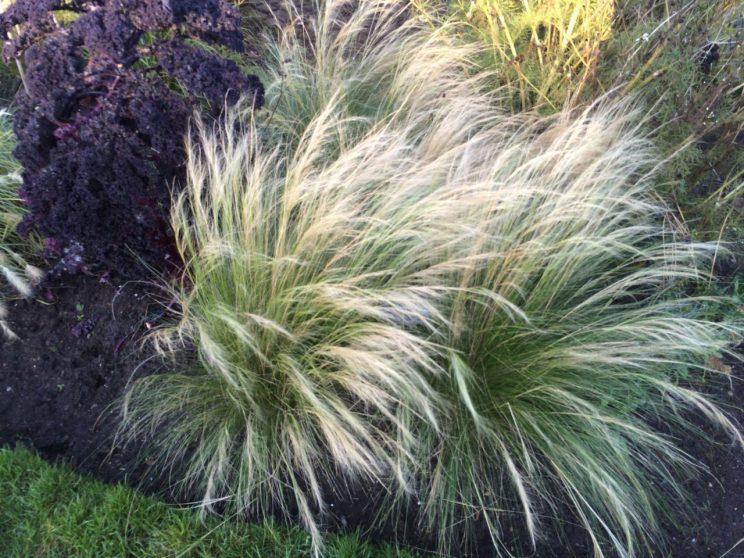
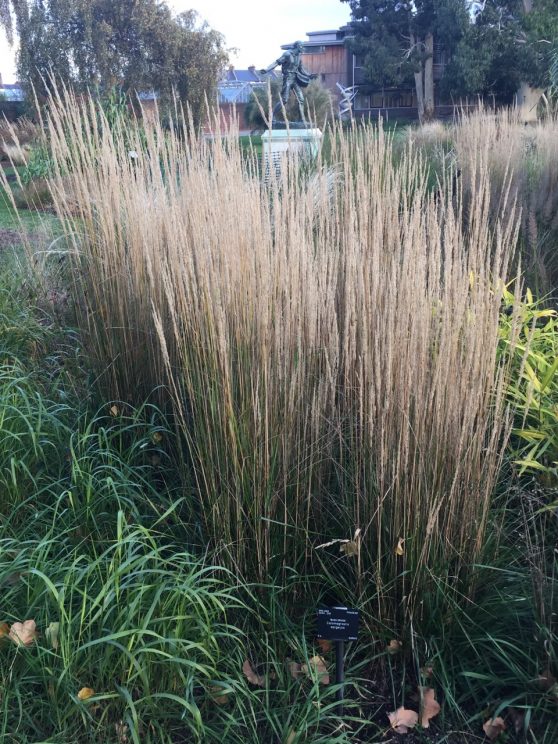
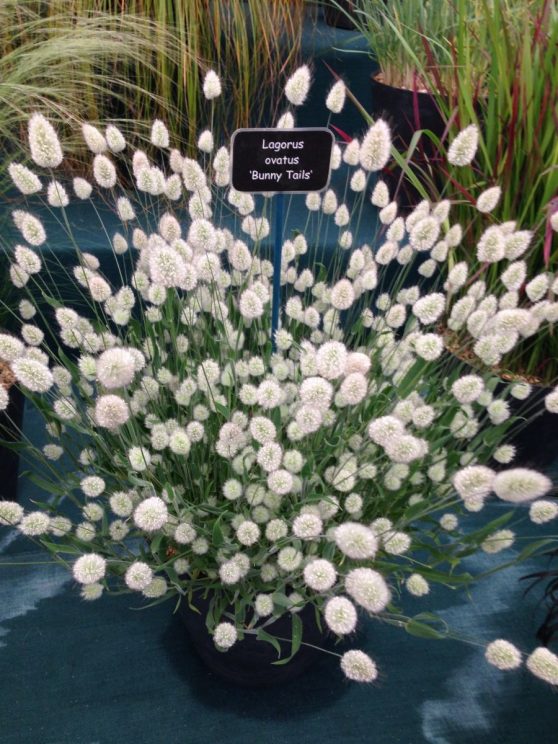
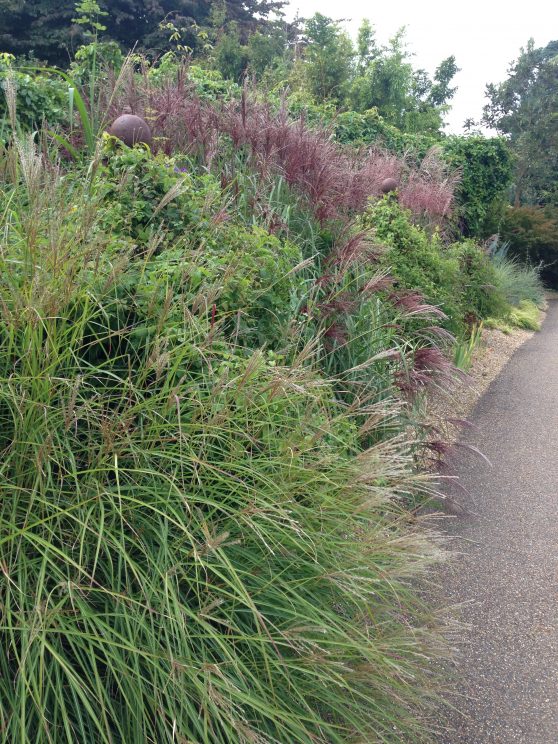
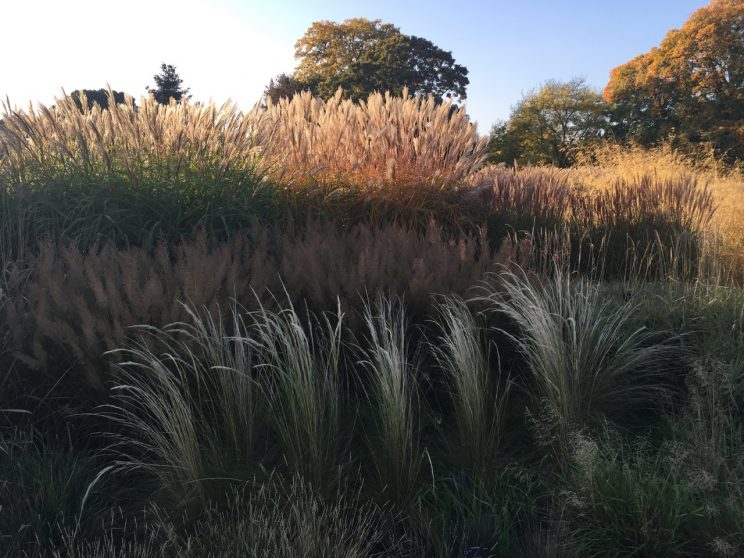
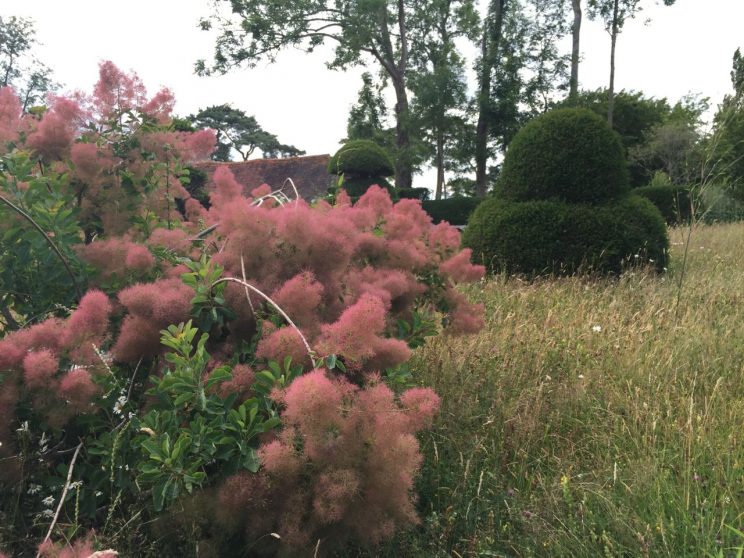
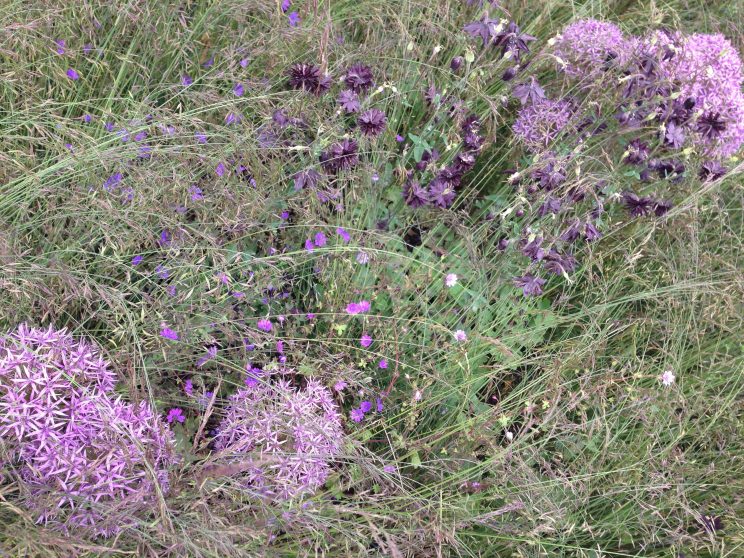
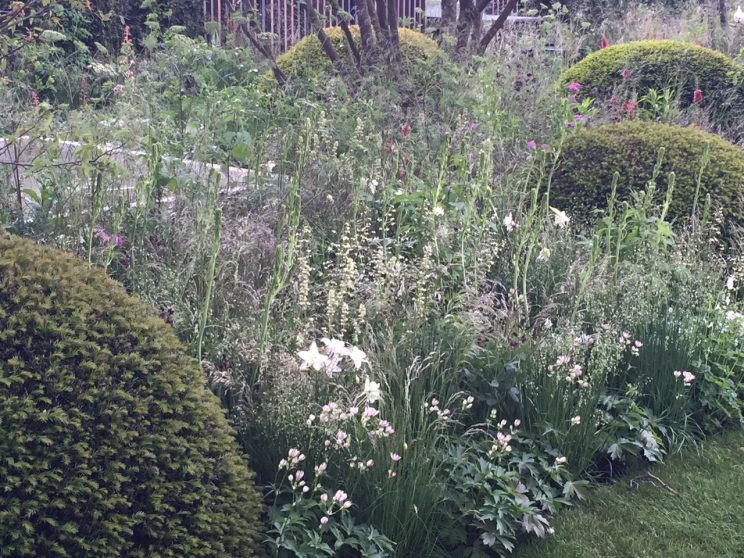
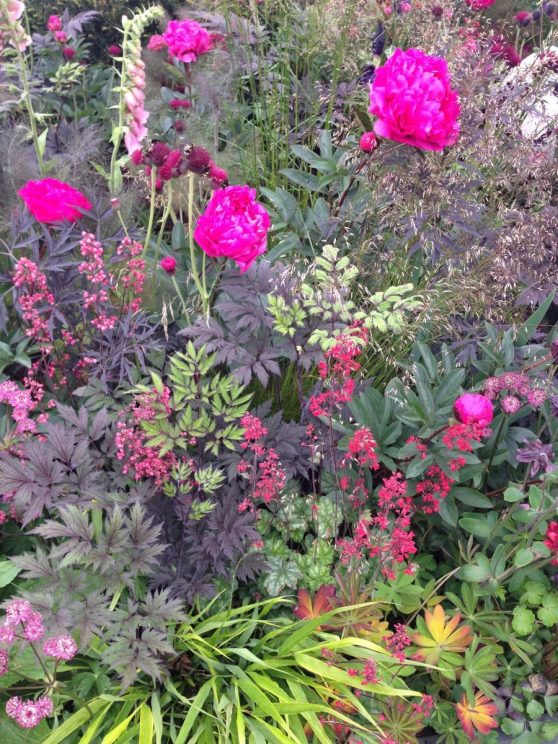
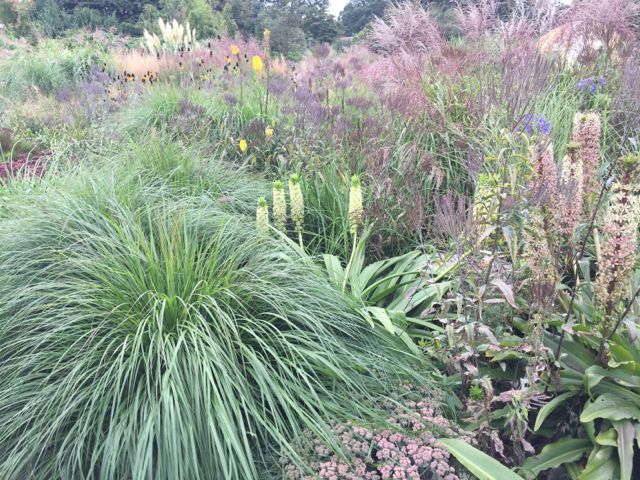
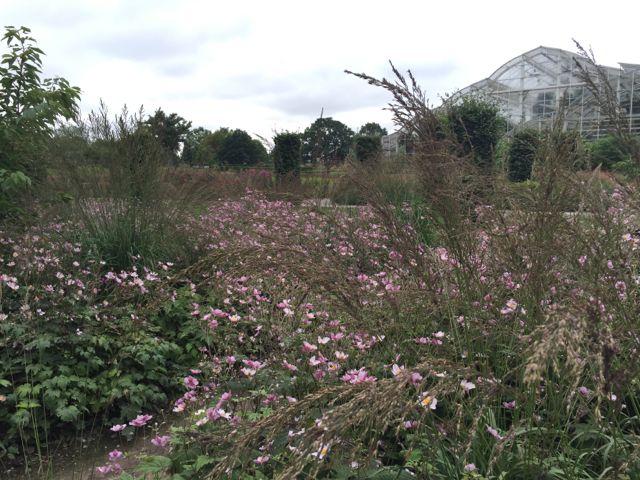
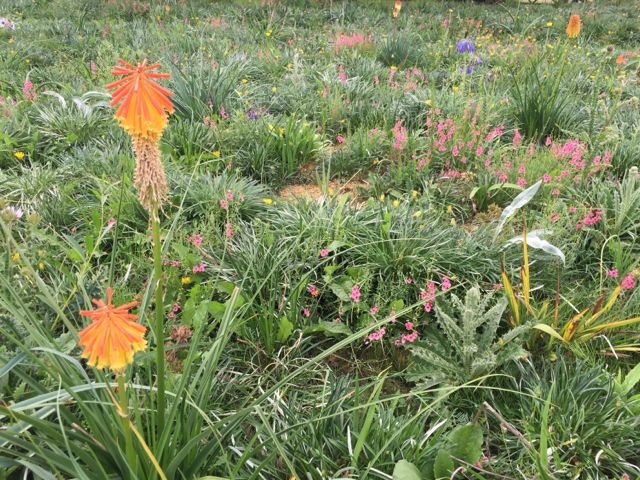
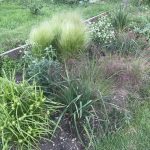
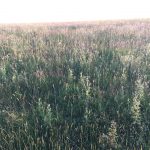

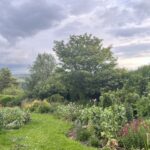
Hello Jack, what a great post! Thoroughly enjoyed reading, and v informative. Great photos too.
I let the odd-shaped corner of my garden run to seed last year. It was tricky to mow, and I fancied a ‘wild’ patch. I’d love to expand that further into the ‘lawn’ (I say lawn, but it’s mostly clover and dandelions!) this year, but am worried it needs a lot of soil prep… Do I have time, with all the veg I’m growing ?!
I also have a strip of steep slope that runs down to the stream… It’s currently mostly weeds and mud. The more I weed it, the more the mud slides onto the stone path that borders the stream. I’d love that to be more manageable and stable… Weed-free but in a beautiful, wild, grassy way.
Looking forward to your future grassy updates!
Judy
PS
Is that a ‘smoke bush’ in the Great Dixter photo? Gorgeous combination…
Hi Judy,
Thanks for the tip with the allotment, that would indeed be devastating!
I think the idea behind plant communities is that they actually are very little maintenance. If you can, I’d recommend reading a bit of Planting in a Post-Wild World because it explains this better. Essentially, you choose certain plants that works well with each other, so they form a weed suppressing mat, which would help with the erosion on your slope too. Perhaps you can try doing a small area first and see if it works for you? The area on my allotment is going to be 5m x 3m.
I have to admit, I’m new to this so it’s a true experiment for me – I’ll keep everyone updated on how it goes… good or bad!:D
And yes, it is a smoke bush, I agree that it’s a great combo!
Jack
p.s. I thought I should probably put the disclaimer that despite my silly comment at the start of the blog, I actually do really like lawns 🙂 They can act like a great statement and nothing is better than a picnic on a lawn.
Great post Jack.
I have to say the spot at the back of their glass house at Wisley in your last photo is, for myself, possibly one of the most interesting bits of planting I have seen in the last few years. It is beginning to blur the line between the cultivated and the natural, and gardening starts to become even more of a discipline of ecosystem management.
While the expanse of a meadow would not be appropriate in most suburban back gardens, intelligent and naturalistic planting can create spaces that have a long season of interest, that do not require the intensive inputs of more traditional styles.
Thanks James. You’ve summed it up perfectly! I do wonder how this blurred cultivated / natural look will develop in the coming years. I completely agree that it is probably the most interesting. I’m still new to all of this so certainly haven’t seen everything yet but that planting area did grab my imagination.